The third mission of HEIs – that aims to connect and translate the knowledge generated within the university to the wider society has become increasingly important in the context of global knowledge economy. Universities are expected to bring more contribution to societies – to public and private sector, industry and society at large – by producing in-demand competences, preparing competitive graduates, facilitating cross-sectoral dialogue and delivering social impact to societies. It’s fair to say, that being a multifaceted and complex phenomena, the third mission (often labelled as TM) pressures universities to take more actions, renew their focus, reinforce their roles and build enabling environment for knowledge transfer (Compagnucci, Spigarelli 2020).
Business and Technology University is relatively young institution in Georgia that has addressed the TM from the very first day of its establishment. BTU collaborates with the leading foreign and international institutions, representatives of local private sector and public agencies, in order to promote innovation processes, deliver meaningful social impact, bring positive change through its TM.
BTU’s third mission is the shared agenda among all organizational units. Multiple activities, directly relevant to the Third Mission, are ongoing:
- Popularizing the notion and potential of technology transfer among Georgia’s academic community;
- Working on measures to support the third mission implementation within BTU and beyond;
- Facilitating a dialogue between university, industry, government and society.
- Advocating for relevance – transforming knowledge into expertise and making sure that the generated knowledge meet the needs of the real-world.
The need for more intensive and comprehensive institutional cooperation is beyond doubt. Georgia has achieved much in terms of brining higher education institutions closer to the international and European standards, however, rapid technological change, turbulent regional development and inherited gaps in science-business collaboration, leaves room for improvement.

